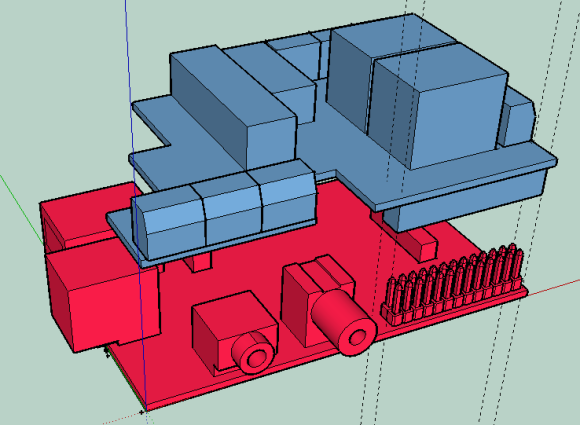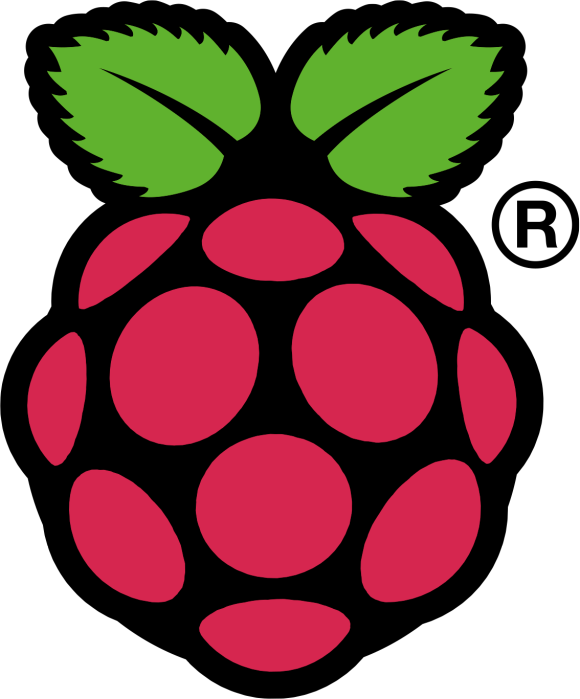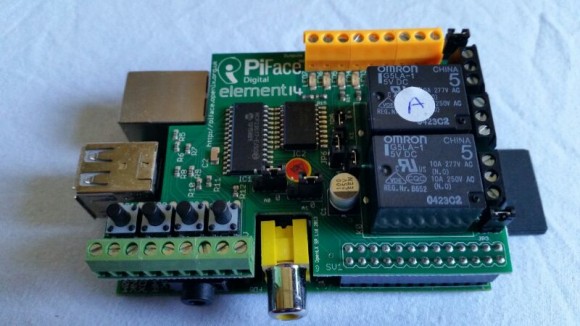I’m a user and big fan of JetBrains’ IntelliJ IDEA IDE. Having tried and used several Java IDEs in the past, I personally think it’s the best out there. On top of that, every major update bring a couple of new amazing features.
Yesterday the 14.1 update of the IDE was released. As usual I rushed to download and install the new version, after a quick glance of the release notes. But as a first, I ran into a major issue.
I’m usually use my desktop or my laptop for programming, but a while ago I got myself a Microsoft Surface Pro 3, to carry around more easily. I also use this for programming. The Surface Pro 3 has a very high-resolution display, which makes whatever is displayed look nice and crisp. But if you use the native resolution, everything will also be very tiny. Microsoft has solved this issue by having Windows do DPI scaling of applications. This essentially simply scales them up to make everything readable to the user. Some applications support this and those that do provide a very nice upscaled crisp interface.
Up until now, IntelliJ has not supported high DPI displays, and as a result, the native OS would just scale it up, making text look slightly blurry, as well as other elements in the UI. To resolve this JetBrains has worked on adding support for these displays on all platforms into their IDE. This is where it got messy.
After installing the new version, and running it, I quickly noticed that there was something wrong. My code looked very crisp for sure, but it was incredibly tiny. Also icons on the toolbar had been shrunk down to a small size. To find the answer, I had to dig through some of JetBrains’ bugtracker issues and found a fix for the problem.
The problem is that (for some reason) the IDE does not detect that I’m running a high-DPI display. So solve this, you have to force it into the HiDPI mode. You can do this by editing the vmoptions files for the IDE, which are located in the same folder that holds the IDE’s binary files. For example “C:\Program Files (x86)\JetBrains\IntelliJ IDEA 14.1\bin” on Windows 8.1 x64. Add the argument -Dhidpi=true to the end file. Be warned though, there are vmoptions files for both 32-bit and 64-bit, make sure you change the right one, or change both to be sure.
It’s clear that there’s still a few issues for JetBrains to work out, even in HiDPI mode, the text in the tip of the day window is pretty small, but they are well on their way towards properly supporting these displays.





 I’m looking forward to playing around with this, I’ve had a
I’m looking forward to playing around with this, I’ve had a 